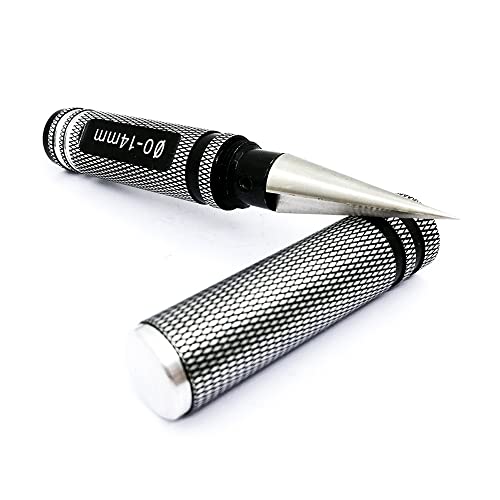Understanding the Difference between Machine Reamer and Hand Reamer
Reaming is a process of finishing or sizing holes after drilling. It is a critical process that demands a high level of accuracy and precision. Reamers are used to create smooth and accurate holes of various shapes and sizes. Reamers are either machine-driven or used manually, and in this article, we will explore the primary differences between a machine reamer and a hand reamer.
Machine Reamers
A Machine reamer, also known as a chucking reamer, is a kind of cutting tool used in drill presses, lathes, and other automated machines to finish or enlarge existing holes to specific sizes. Machine reamers are created to work with a machine, leading to a high degree of precision and accuracy.
Because of their exceptional accuracy, machine reamers often produce holes with a smooth surface finish with tight tolerances. Machine reamers are productive and utilized in high-performance environments and are suited for large scale industrial drilling operations.
Hand Reamers
A Hand reamer is a tool used to manually perform the same function as machine reamers. They are a small handheld cutting tool that is used to finish a drilled hole in a workpiece manually. Often, hand reamers are employed in small operation environments where drilling machines and automated tools are not needed.
Hand reamers are designed for use by hand and need a trained operator to control their speed and direction. They are commonly used by locksmiths, mechanics, and fabricators to create custom-sized holes for pins, bolts, and other fasteners.
The Differences between Machine Reamers and Hand Reamers
The significant difference between machine reamers and hand reamers is the method used to drive the reamer. A machine reamer is automated and is driven by an external source such as a drill press or lathe while a hand reamer needs manual operation.
The other crucial difference between hand reamers and machine reamers is the level of precision, accuracy, and control offered. Machine-driven reamers can perform drilling operations at a much faster rate and with greater accuracy than hand reamers, which are slower and require a skilled operator to limit variations in size and deviation in the hole’s shape.
Benefits of Machine Reamers and Hand Reamers
Machine-driven reamers are highly efficient, can enhance production times, and offer accurate dimensions to meet the desired specifications. They are common in large scale manufacturing environments, and automated drilling projects are a priority.
On the other hand, hand reamers offer great portability, versatility, and control while producing a custom-sized drilling operation. They are ideal for small and customized projects, and their manual operation eliminates the need for an external power source.
Reaming is a critical process in any manufacturing operation, and both machine reamers and hand reamers are effective tools that enhance operations and production. While machine-driven reamers can significantly enhance manufacturing production and output rate, hand reamers offer greater precision, control, and portability, making them ideal for small and customized projects. Ultimately, the method used to drive the reamer depends on the drilling operation’s scale, application, and desired outcomes.






